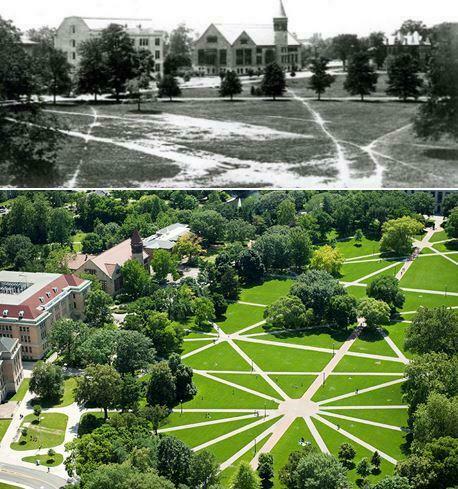One of the ways our product and design teams have gotten inspiration for new features has been to look at where Goosechase creators’ desired outcomes clash against the edges of what our platform’s current capabilities allow. Similar to how urban planners often observe “Desire Paths” formed by the organic movement patterns of crowds through unpaved areas in order to decide where actual pathways should be paved in the future, I’m interested in finding out what “desire features” creators have been enabling using their own clever workarounds, that have allowed them to “hack” features into Goosechase that we might not even have known creators have wanted to use.

A few examples I’ve heard of in previous conversations with our creators:
-
Permission collection:
-
Using a text mission worth 0 points in order to get their participants’ permission to use submitted photos or videos for marketing purposes.
-
-
Points for the fastest submissions:
-
Including 0-point missions, and using the Dashboard panel to figure out who are the top X fastest submitters who deserve to be awarded bonus points.
-
-
Gated Missions:
-
Creating an “unlockable mission” by not including instructions for how to complete it in the mission description directly, but instead printing out the instructions and only giving them to participants who reach a specific physical location to complete another mission first. (Props to
@RetChaser for this idea!)
-
What are the most clever workaround “desire features” you’ve been using? Your tips and tricks might help another creator who wanted to accomplish the same outcome, and might even become something we officially add to Goosechase as a real feature in the future!






